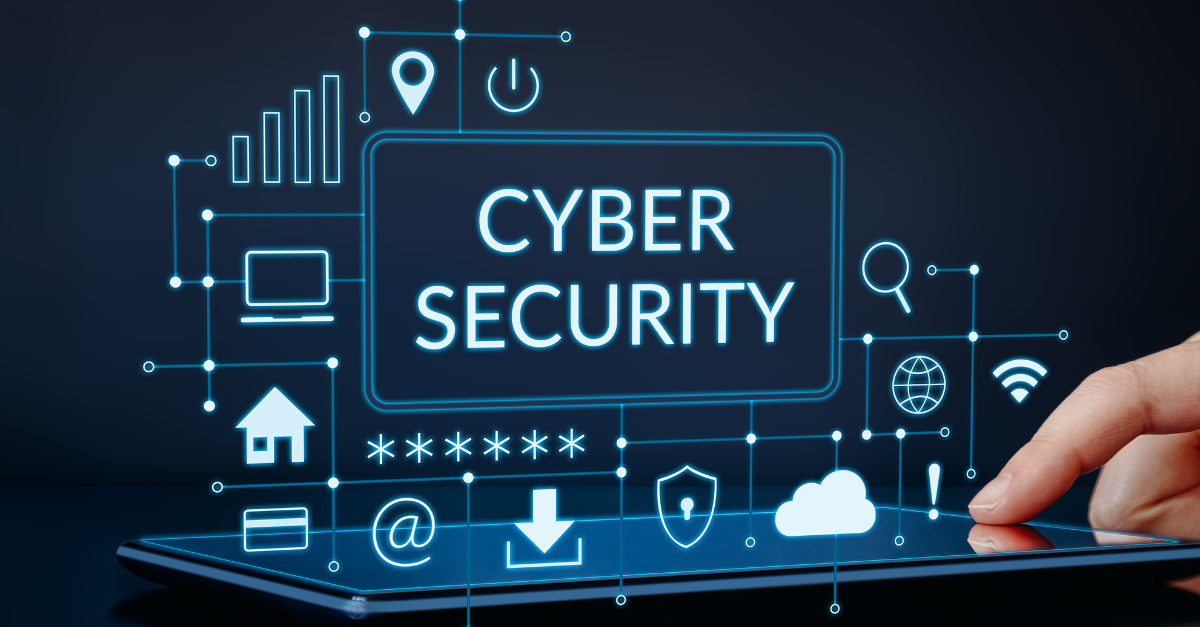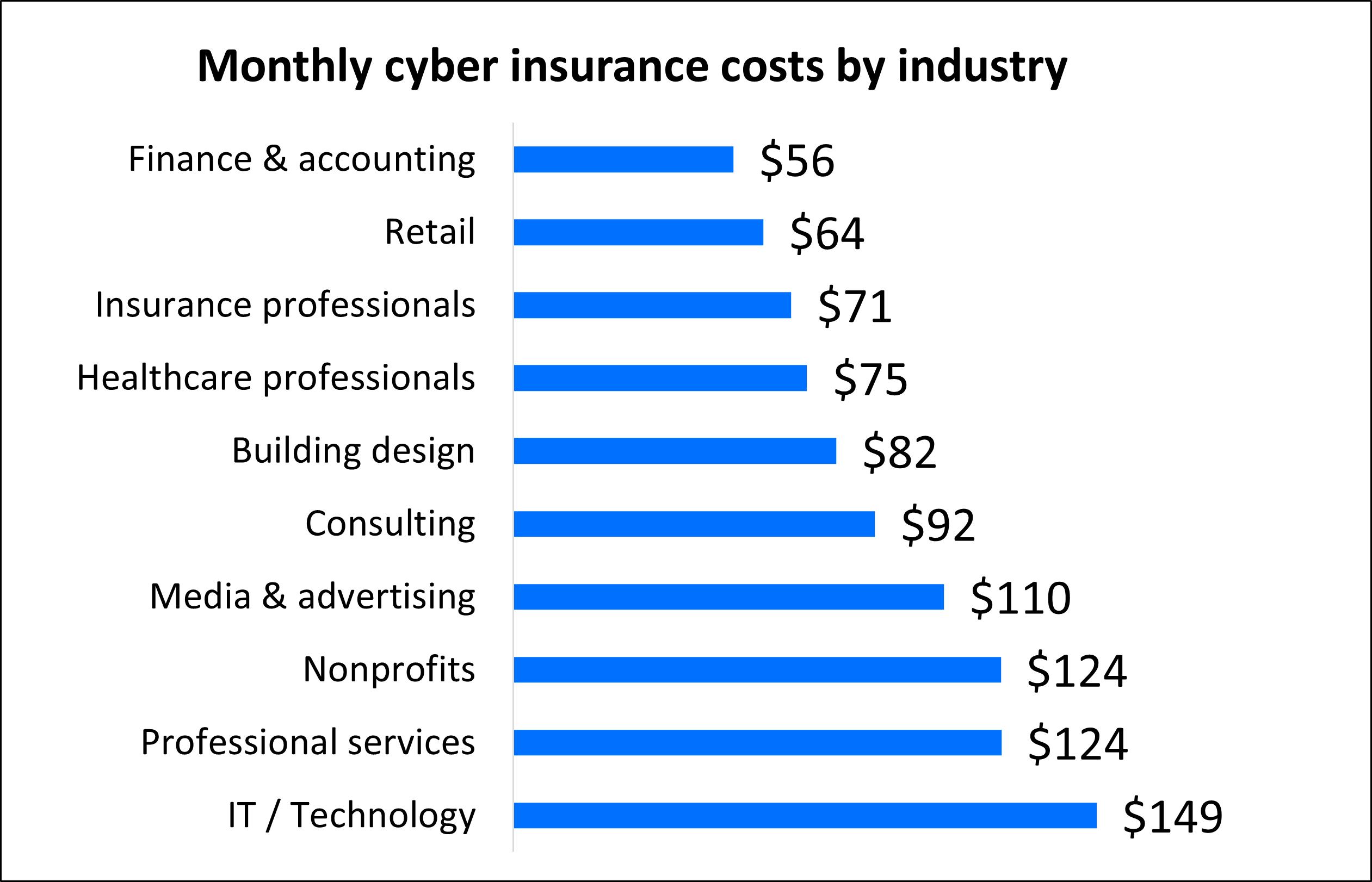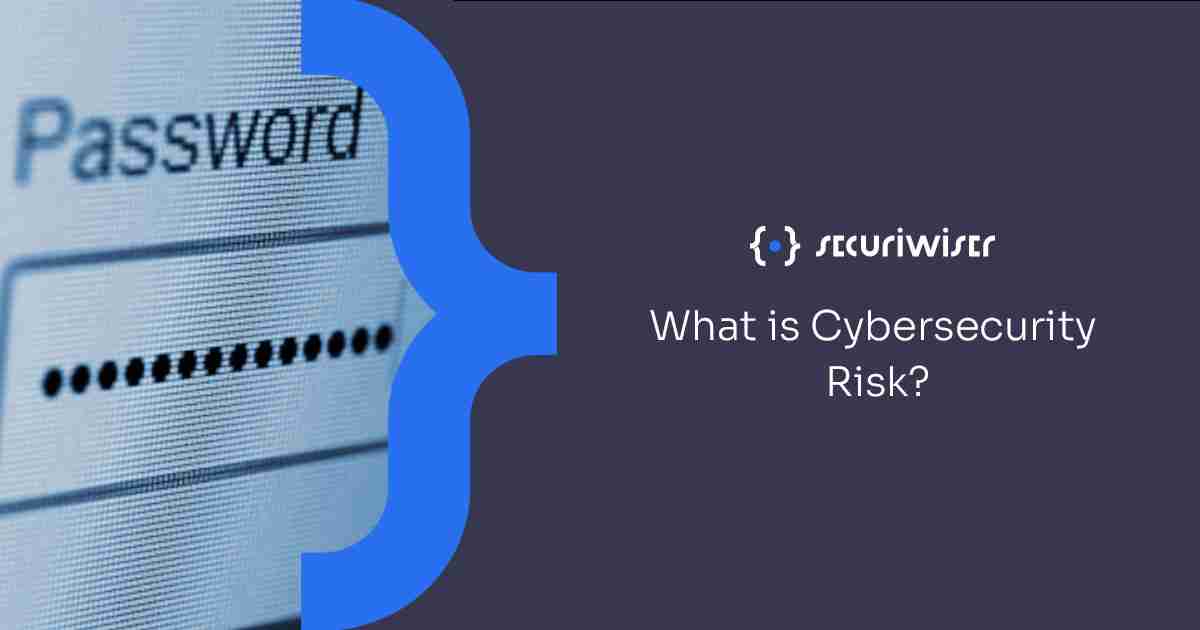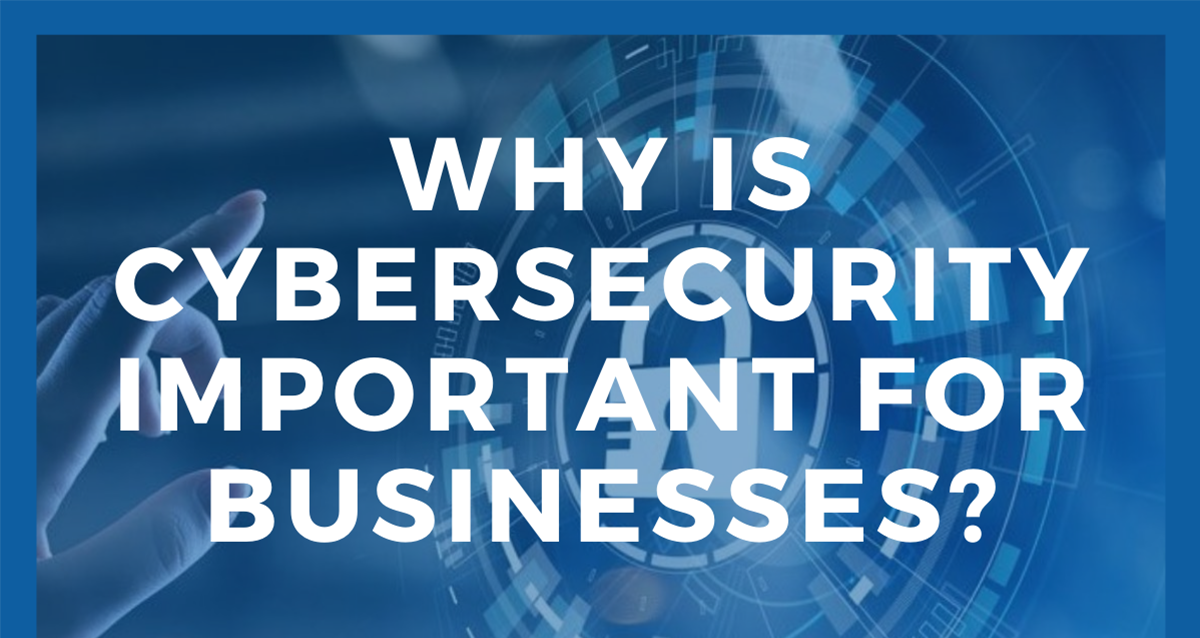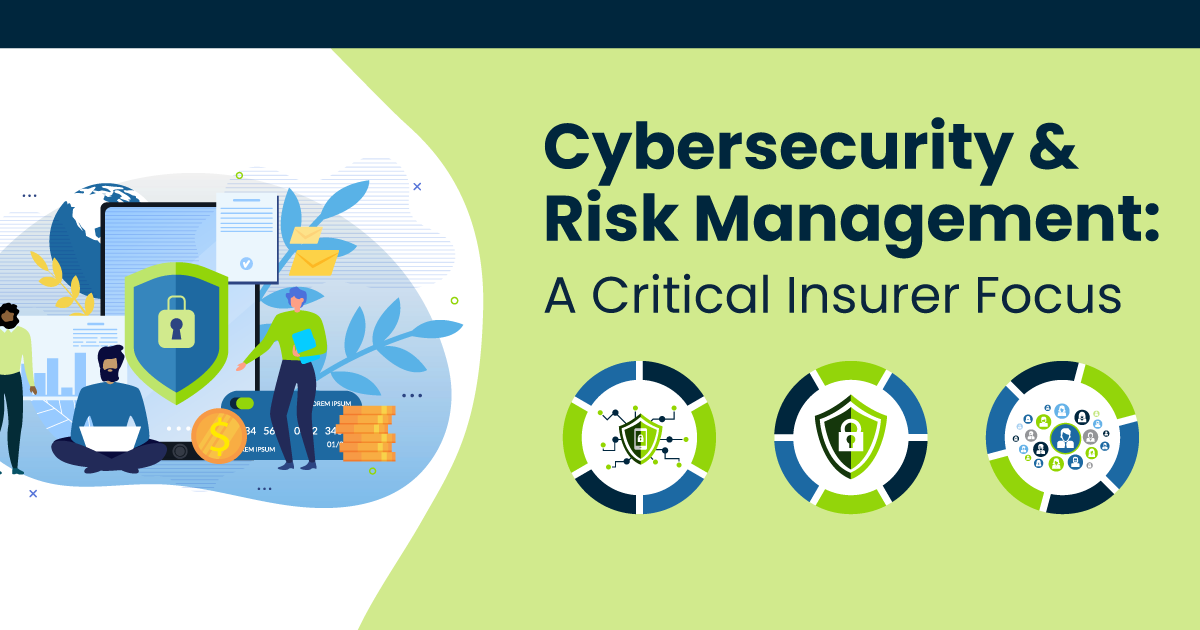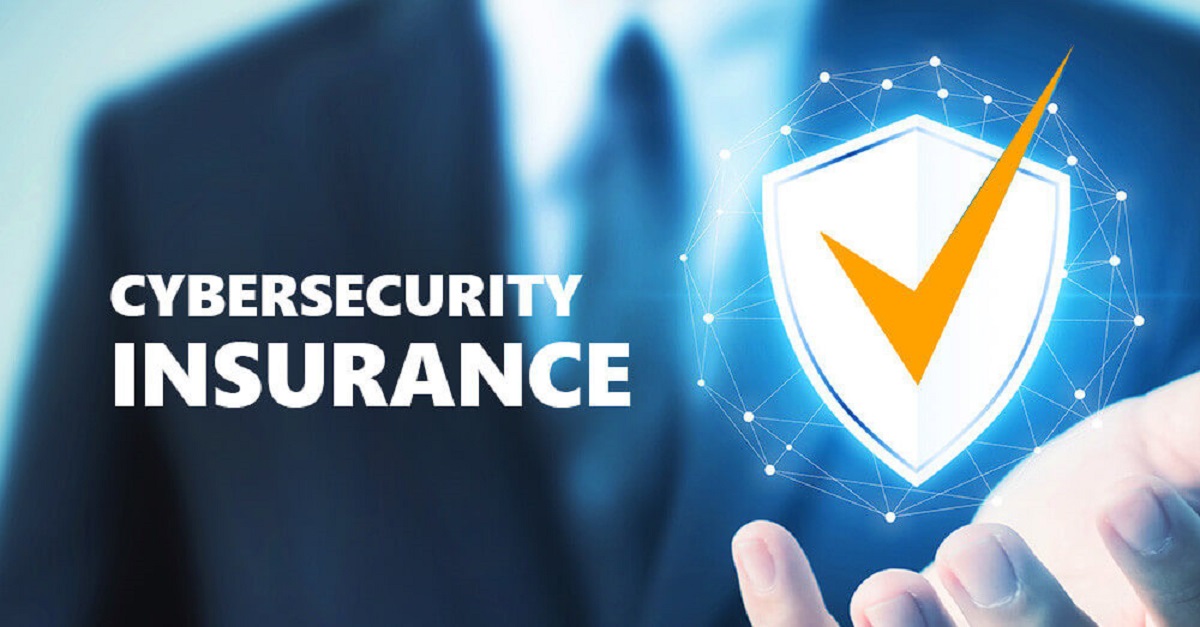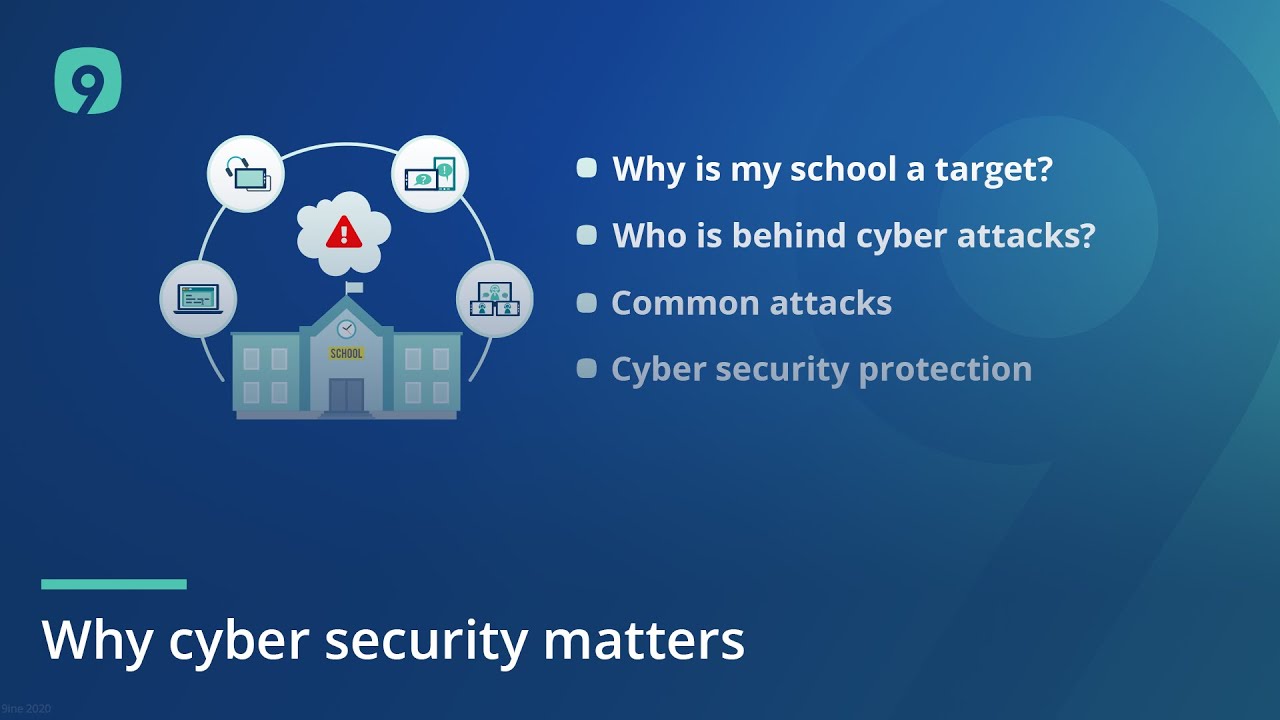Introduction
Cybersecurity has become a paramount concern for businesses in the modern digital era. With the rapid advancement of technology and increasing reliance on digital infrastructure, businesses are facing unprecedented cybersecurity threats. These threats can range from data breaches and hacking attempts to ransomware attacks and insider threats.
In light of these challenges, it is crucial for businesses to prioritize cybersecurity and take proactive measures to safeguard their sensitive data, intellectual property, and customer information. A robust cybersecurity strategy not only protects businesses from potential financial and reputational losses but also helps them maintain the trust and confidence of their customers.
However, cybersecurity is a complex and ever-evolving field. As cybercriminals become more sophisticated in their methods, businesses need to stay one step ahead by implementing the latest cybersecurity technologies and practices. This article will explore the importance of cybersecurity for businesses, discuss the various types of cyber threats they may encounter, and provide best practices to mitigate those threats.
Moreover, we will delve into the common vulnerabilities that businesses often face in their cybersecurity defenses and shed light on the profound impacts that cyber attacks can have on organizations. We will also discuss the significant costs associated with cybersecurity breaches and emphasize the importance of compliance with cybersecurity regulations. Lastly, we will outline steps to develop an effective cybersecurity strategy tailored to the unique needs of businesses.
By addressing these aspects, businesses can gain valuable insights into the critical role of cybersecurity in their operations and be better prepared to counter the ever-growing cyber threats they face.
Importance of Cybersecurity for Businesses
Cybersecurity is of utmost importance for businesses in today’s digital landscape. With the vast amount of sensitive data stored and transmitted electronically, businesses are constantly exposed to potential cyber threats. Protecting this valuable information is vital to the success and longevity of any organization. Here’s why cybersecurity is essential:
- Data Protection: Businesses store a multitude of sensitive data, including customer information, financial records, and proprietary data. A breach in cybersecurity can result in the loss or theft of this data, leading to severe financial consequences and reputational damage.
- Financial Impact: Cyber attacks can have a devastating financial impact on businesses. The costs associated with data breaches, including forensic investigations, regulatory fines, legal fees, and potential lawsuits, can cripple an organization financially.
- Reputation Management: A cybersecurity breach can severely damage a company’s reputation. Customers and stakeholders are increasingly concerned about the security of their data. A breach can erode trust, leading to customer churn and negative publicity.
- Competitive Edge: Implementing robust cybersecurity measures can give businesses a competitive edge. Customers are more likely to choose a company that prioritizes their data security and privacy over one that has had a history of breaches or lacks adequate cybersecurity measures.
- Compliance Requirements: Many industries have specific cybersecurity regulations and compliance requirements. Failing to meet these standards can result in significant penalties and legal ramifications.
- Business Continuity: Cyber attacks can disrupt business operations, causing severe downtime and financial losses. Having a comprehensive cybersecurity plan in place ensures business continuity and minimizes the impact of potential disruptions.
As cyber threats become more sophisticated and prevalent, businesses need to invest in robust cybersecurity measures to protect their assets, maintain customer trust, and comply with regulatory requirements. By prioritizing cybersecurity, businesses can safeguard their data, reputation, and bottom line, ultimately ensuring their long-term success in a digital world.
Types of Cybersecurity Threats
The landscape of cybersecurity threats is constantly evolving, with cybercriminals finding new ways to exploit vulnerabilities. Understanding the different types of cybersecurity threats is crucial for businesses to effectively protect their systems and data. Here are some common types of cybersecurity threats:
- Malware: Malicious software, or malware, is a broad category that includes various types of harmful software such as viruses, worms, Trojans, ransomware, and spyware. These programs are designed to infiltrate systems, steal data, disrupt operations, or gain unauthorized access.
- Phishing: Phishing is a type of cyber attack where attackers send deceptive emails or messages to trick individuals into revealing sensitive information such as passwords, credit card details, or login credentials. These emails often appear legitimate and may contain links to fake websites.
- Denial-of-Service (DoS) Attacks: DoS attacks aim to overwhelm a target system or network with excessive traffic, causing it to become unresponsive or crash. This prevents legitimate users from accessing the system or service.
- Man-in-the-Middle (MitM) Attacks: In MitM attacks, cybercriminals intercept and manipulate communication between two parties without their knowledge. This allows them to eavesdrop on sensitive information, modify data, or impersonate one of the parties.
- SQL Injection: SQL injection attacks target web applications by exploiting vulnerabilities in the application’s database layer. Attackers manipulate input fields to inject malicious SQL code, potentially gaining unauthorized access to the database or executing arbitrary commands.
- Zero-day Exploits: Zero-day exploits target newly discovered vulnerabilities in software or systems before developers have a chance to release patches. Cybercriminals exploit these vulnerabilities to launch attacks, leaving businesses with little time to protect themselves.
- Insider Threats: Insider threats refer to attacks or unauthorized actions perpetrated by individuals within an organization. These could be employees, contractors, or partners who exploit their access privileges to steal sensitive data, cause disruptions, or compromise system security.
- Social Engineering: Social engineering attacks exploit human psychology to manipulate individuals into revealing confidential information or performing actions that compromise security. This could involve techniques such as pretexting, baiting, or impersonation.
These are just a few examples of the wide range of cybersecurity threats that businesses may encounter. Staying informed about these threats and implementing appropriate security measures is essential to mitigate the risks associated with cyber attacks and protect valuable assets.
Common Cybersecurity Vulnerabilities in Businesses
Businesses of all sizes and industries face various cybersecurity vulnerabilities that can be exploited by cybercriminals. Understanding these vulnerabilities is essential for businesses to identify and address potential weaknesses. Here are some common cybersecurity vulnerabilities that businesses should be aware of:
- Weak Passwords: Weak or easily guessable passwords are a common vulnerability that can provide unauthorized access to systems and sensitive data. Businesses should enforce strong password policies and implement multi-factor authentication to enhance security.
- Outdated Software: Failing to apply software updates and security patches can leave businesses vulnerable to known vulnerabilities. It is crucial for businesses to regularly update their software and firmware to protect against emerging threats.
- Insufficient Employee Training: Employees are often the first line of defense against cyber threats. Insufficient cybersecurity awareness and training can make employees susceptible to social engineering attacks and inadvertently compromise the security of the organization.
- Unsecured Remote Access: With the rise of remote work, businesses must ensure secure access to their networks from external locations. Failing to implement proper security measures for remote access can open the door to unauthorized access and data breaches.
- Lack of Data Encryption: Without proper encryption, sensitive data is vulnerable to interception and unauthorized access. Implementing encryption protocols for data at rest and in transit helps protect against data breaches and ensure data confidentiality.
- Unprotected Mobile Devices: Mobile devices, such as smartphones and tablets, are increasingly targeted by cybercriminals. Failing to secure these devices with strong passwords, encryption, and remote wipe capabilities can expose sensitive data if devices are lost or stolen.
- Third-Party Risks: Businesses often rely on third-party vendors and partners for various services. However, these external entities can introduce vulnerabilities if their security practices are not up to par. Proper due diligence and contractual agreements should be in place to manage these risks.
- Inadequate Network Security: Weak network security can allow cybercriminals to gain unauthorized access to a business’s systems and data. Implementing firewalls, intrusion detection systems, and regular network monitoring can help identify and thwart potential attacks.
Identifying and addressing these common vulnerabilities is crucial in mitigating the risk of cyber attacks. Businesses should regularly assess their security measures, develop effective policies, and implement robust cybersecurity practices to protect their systems, data, and sensitive information from potential breaches.
Impacts of Cyber Attacks on Businesses
Cyber attacks can have severe and far-reaching impacts on businesses, ranging from financial losses to damage to reputation and trust. Understanding these impacts is crucial for businesses to comprehend the importance of investing in robust cybersecurity measures. Here are some of the significant impacts of cyber attacks on businesses:
- Financial Losses: Cyber attacks can result in significant financial losses for businesses. The costs associated with incident response, investigating the breach, restoring systems, and potential legal liabilities can add up quickly.
- Operational Disruptions: A successful cyber attack can disrupt business operations, leading to downtime, loss of productivity, and delayed service delivery. This can result in dissatisfied customers, missed business opportunities, and potential revenue loss.
- Data Breach Consequences: In the event of a data breach, businesses may face reputational damage and loss of customer trust. This can lead to customer churn, decreased brand loyalty, and negative publicity that may take a long time to recover from.
- Intellectual Property Theft: Cyber attacks can result in the theft of valuable intellectual property, including trade secrets, product designs, or proprietary algorithms. This can compromise a business’s competitive advantage and jeopardize future growth and innovation.
- Regulatory Penalties: Many industries have regulations and compliance requirements regarding data protection. In the event of a cyber attack, businesses may face fines, penalties, or legal consequences for failing to meet these obligations.
- Reputation Damage: A high-profile cyber attack can severely damage a business’s reputation. The negative publicity and perception of incompetence in handling customer data can result in long-lasting reputational damage that affects customer acquisition and retention.
- Loss of Business Opportunities: A damaged reputation and loss of customer trust can lead to missed business opportunities. Potential clients may be hesitant to conduct business with a company that has had a history of cybersecurity breaches.
- Legal Consequences: In some cases, businesses may face legal consequences resulting from a cyber attack. This can include lawsuits from customers or business partners for negligence in protecting their information or breaches of privacy regulations.
The impacts of cyber attacks on businesses are significant and multifaceted. It is crucial for businesses to implement comprehensive cybersecurity measures to minimize these risks and protect their financial stability, reputation, and overall success.
Costs associated with Cybersecurity Breaches
Cybersecurity breaches can incur significant costs for businesses, both directly and indirectly. Understanding these costs is essential for organizations to assess the financial impact of cyber attacks and make informed decisions regarding cybersecurity investments. Here are some of the costs associated with cybersecurity breaches:
- Financial Losses: The immediate financial impact of a cybersecurity breach can be substantial. This includes the costs of incident response, forensic investigations, and remediation of affected systems and networks.
- Lost Productivity: Cyber attacks can disrupt regular business operations, leading to downtime and loss of productivity. This can result in additional expenses to recover lost work hours and catch up on delayed projects or tasks.
- Legal and Regulatory Costs: Businesses that experience a cybersecurity breach may face legal and regulatory costs. This can include legal fees, potential fines, and penalties for non-compliance with data protection regulations.
- Reputation Repair: Rebuilding a damaged reputation after a cybersecurity breach can be a costly endeavor. This may involve investing in public relations efforts, marketing campaigns, and communication initiatives aimed at restoring customer trust and confidence.
- Customer Churn: A cybersecurity breach can lead to customer dissatisfaction and churn. The loss of customers can result in reduced revenue and the need for additional marketing and customer acquisition expenses to regain market share.
- Notification and Credit Monitoring: In the event of a data breach, businesses may have a legal obligation to notify affected individuals and offer credit monitoring services. These costs can add up depending on the number of individuals impacted by the breach.
- Cybersecurity Improvements: Following a breach, businesses may need to invest in significant cybersecurity improvements and enhancements to prevent future attacks. This can include the implementation of advanced security systems, employee training programs, and hiring cybersecurity professionals.
- Business Interruption Insurance: Some businesses opt for business interruption insurance to mitigate the financial impact of cyber attacks. However, the premiums and deductibles associated with such insurance policies can also be a considerable cost.
It is important for businesses to recognize that the costs of cybersecurity breaches extend beyond immediate financial losses. These breaches can have long-term effects on revenue, customer trust, and brand reputation. By investing in robust cybersecurity measures and proactive risk management, businesses can mitigate the financial burden of cyber attacks and protect their bottom line.
Best Practices for Cybersecurity in Businesses
Implementing effective cybersecurity practices is crucial for businesses to protect their sensitive data, systems, and overall operations. By following best practices, organizations can reduce the risk of cyber attacks and ensure the confidentiality, integrity, and availability of their information. Here are some key best practices for cybersecurity in businesses:
- Create a Strong Cybersecurity Policy: Develop and implement a comprehensive cybersecurity policy that outlines the organization’s security objectives, guidelines for employees, and protocols for data protection and incident response.
- Employee Training and Awareness: Educate employees about cybersecurity risks, best practices, and their role in maintaining a secure environment. Regular training sessions and awareness campaigns can empower employees to identify and respond to potential threats.
- Strong Password Practices: Promote the use of strong, unique passwords and enforce multi-factor authentication. Employees should be encouraged to change their passwords regularly and avoid using easily guessable information.
- Regular Software Updates and Patch Management: Stay up to date with security patches and software updates for all systems and applications. This helps address known vulnerabilities and protect against emerging threats.
- Data Encryption: Encrypt sensitive data, both at rest and in transit, to prevent unauthorized access. Encryption should be implemented for email communications, file storage, and any other relevant data transmission processes.
- Firewalls and Network Security: Deploy robust firewalls and intrusion detection systems to secure network infrastructure. Regularly monitor network activity and establish protocols for identifying and responding to suspicious behavior.
- Vendor and Third-Party Risk Management: Perform due diligence when engaging with vendors and third-party partners. Assess their cybersecurity practices and ensure they align with your organization’s security requirements.
- Backup and Recovery: Regularly backup critical data and test the recovery process to ensure data can be restored in the event of a breach or system failure. Maintain offsite backups to mitigate the risk of data loss.
- Incident Response Plan: Develop a well-defined incident response plan that outlines steps to be taken in the event of a cybersecurity incident. This includes roles and responsibilities, communication protocols, and processes for containing and investigating the incident.
- Regular Security Audits and Assessments: Conduct periodic security audits and assessments to identify vulnerabilities and gaps in your cybersecurity posture. This helps in refining security strategies and ensuring ongoing protection.
By implementing these best practices, businesses can establish a strong foundation for cybersecurity. It is important to continuously evaluate and adapt these practices to stay ahead of emerging threats and ensure the security of valuable assets.
Cybersecurity Regulations and Compliance
In response to the growing cybersecurity threats faced by businesses, governments and regulatory bodies have established various cybersecurity regulations and compliance frameworks. These regulations aim to enforce data protection, ensure privacy rights, and promote secure practices. Compliance with these regulations is not only essential for legal and ethical reasons but also helps organizations strengthen their cybersecurity defenses. Here are some key cybersecurity regulations and compliance frameworks:
- General Data Protection Regulation (GDPR): The GDPR is a comprehensive data protection regulation enforced in the European Union (EU) and European Economic Area (EEA). It sets guidelines for the collection, processing, and storage of personal data, and mandates organizations to implement appropriate security measures to protect this data.
- California Consumer Privacy Act (CCPA): The CCPA is a privacy law that grants California residents greater control over their personal data. It requires businesses to be transparent about data collection and processing practices, and gives consumers the right to opt-out of data sharing.
- Payment Card Industry Data Security Standard (PCI DSS): PCI DSS is a set of security standards that apply to businesses that process, transmit, or store credit card information. Compliance with PCI DSS ensures the secure handling of payment card data and helps mitigate the risk of data breaches.
- Health Insurance Portability and Accountability Act (HIPAA): HIPAA is a U.S. regulation that sets standards for protecting sensitive healthcare information. It mandates organizations to implement safeguards to maintain the security and privacy of protected health information (PHI).
- Sarbanes-Oxley Act (SOX): SOX is a U.S. law that enforces financial transparency and accountability in publicly traded companies. It requires organizations to implement internal controls and safeguards to protect financial data and prevent fraud.
- ISO 27001: ISO 27001 is an international standard that outlines best practices for information security management systems (ISMS). It provides a framework for organizations to establish, implement, maintain, and continually improve their information security posture.
- National Institute of Standards and Technology (NIST) Framework: The NIST framework provides organizations with guidelines for managing and enhancing their cybersecurity risk management processes. It assists in assessing current cybersecurity practices and implementing effective security controls.
Complying with cybersecurity regulations and frameworks is essential for businesses to protect customer data, avoid legal penalties, and maintain customer trust. Failure to comply can lead to financial consequences, damage to reputation, and potential legal repercussions. Businesses should stay informed about relevant regulations and take proactive measures to ensure compliance, including conducting assessments, implementing necessary security controls, and regularly reviewing and updating their cybersecurity practices.
How to Develop a Cybersecurity Strategy for Businesses
Developing a robust cybersecurity strategy is crucial for businesses to protect their systems, data, and overall operations from cyber threats. By following a systematic approach, organizations can establish an effective cybersecurity framework that aligns with their specific needs and priorities. Here are the key steps in developing a cybersecurity strategy:
- Assess Risk: Conduct a comprehensive risk assessment to identify potential vulnerabilities and threats that your business may face. This involves evaluating existing security controls, analyzing potential impacts of cyber attacks, and prioritizing risks based on their likelihood and potential consequences.
- Define Objectives: Clearly define your cybersecurity objectives based on the risk assessment. Determine what critical assets need protection, the level of security required, and the potential impact of protecting or failing to protect those assets.
- Establish Policies and Procedures: Develop a set of cybersecurity policies and procedures that outline the rules and guidelines for maintaining a secure environment. This includes password policies, data classification, incident response protocols, and employee training programs.
- Implement Security Controls: Identify and implement appropriate security controls to mitigate the identified risks. This may include firewalls, intrusion detection systems, encryption technologies, access controls, and regular software updates.
- Establish Incident Response Plan: Develop a well-defined incident response plan that outlines the steps to be taken in the event of a cybersecurity incident. This includes roles and responsibilities, communication channels, and procedures for containing and mitigating the impact of the incident.
- Train Employees: Provide ongoing cybersecurity awareness and training programs for employees. Educate them about common threats, best practices for data protection, and their role in maintaining a secure environment.
- Monitor and Evaluate: Regularly monitor and evaluate the effectiveness of your cybersecurity controls and procedures. Implement continuous monitoring tools, perform security assessments, and review incidents to identify areas for improvement.
- Maintain Cyber Insurance: Consider obtaining cyber insurance coverage to protect your business in the event of a cybersecurity incident. Review your coverage periodically to ensure it aligns with the evolving threat landscape.
- Stay Informed: Stay updated on the latest cybersecurity trends, emerging threats, and industry best practices. Engage in information sharing forums, participate in cybersecurity communities, and collaborate with industry experts to enhance your security posture.
Remember that developing an effective cybersecurity strategy is an ongoing process. As cyber threats continue to evolve, it is important to regularly assess and enhance your cybersecurity measures to stay ahead of potential risks and protect your business from cyber attacks.
Conclusion
Cybersecurity is a critical aspect of business operations in the modern digital landscape. Cyber attacks can have significant financial, operational, and reputational impacts on organizations, making it imperative for businesses to prioritize cybersecurity measures. By implementing best practices, complying with relevant regulations, and developing comprehensive cybersecurity strategies, businesses can mitigate the risks posed by cyber threats.
From strengthening password practices and implementing multi-factor authentication to regularly updating software and conducting employee training, businesses can take proactive steps to enhance their cybersecurity defenses. Additionally, staying informed about the latest trends, emerging threats, and industry best practices is essential for maintaining a robust security posture.
Effective cybersecurity strategies prioritize risk assessment, objective-setting, policy development, and continuous monitoring and evaluation. Organizations should establish comprehensive incident response plans and maintain cyber insurance coverage to minimize the impact of potential breaches. Compliance with regulations such as GDPR, CCPA, PCI DSS, and HIPAA is crucial to protect customer data and avoid legal consequences.
Developing a strong cybersecurity culture within the organization, where every employee is aware of their role in maintaining a secure environment, is vital. Regular training and awareness programs ensure that employees are equipped to identify and respond to potential threats.
As technology evolves, so do cyber threats. Businesses need to remain vigilant, adapt their strategies, and invest in the latest security technologies and practices to stay one step ahead of cybercriminals.
By incorporating these principles and incorporating a comprehensive cybersecurity approach into business operations, organizations can safeguard their data, protect their reputation, and ensure continued success in the digital age.







